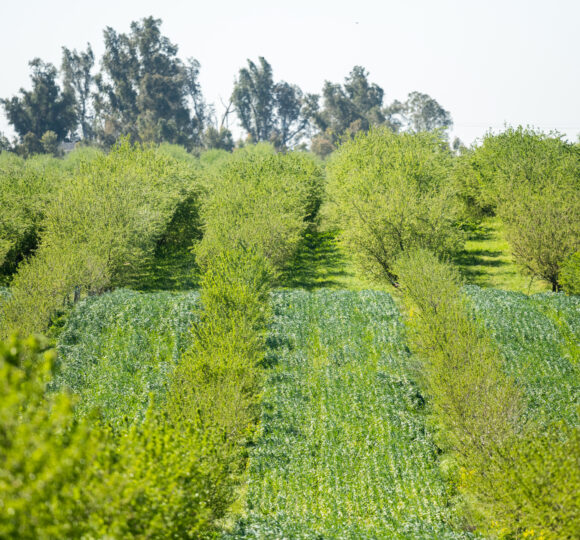The Conservation Reserve (CR) program was established in the 1985 farm bill to remove highly erodible cropland from intensive crop production and convert it to more sustainable uses. Under the farm bill, up to 45 million acres are to be entered into the CR by 1990. This study examines the economic impacts of this program.
By April 1987, 19.1 million acres had entered the reserve in four signups. Erosion on this land is estimated to have declined from an average of over 27 tons per acre per year to only 2 tons per acre per year; substantially greater erosion reduction than that achieved by annual acreage set-aside programs.
More than two-fifths of the land which has entered the CR is wheat land. Nearly half had been planted to feed grains, and most of the remainder was in cotton. Reserve land generally is of lower than average productivity. Rental costs of reserve land averaged $49 per acre. The land which entered into the reserve in 1986 would have produced 180 million bushels of wheat, 470 million bushels of feed grains and 560,000 bales of cotton per year.
By reducing surplus production, the CR raises commodity prices. By 1990, wheat prices are projected to be 21 cents per bushel higher than they would have been without the reserve; corn prices 12 cents per bushel higher; and cotton prices 5 cents per pound higher. Higher prices, together with the reduction in acreage eligible for program benefits, will reduce government outlays on farm price and income support programs by an estimated $8.8 billion in the 1986-90 period. Government rental payments and cost sharing for establishing cover on reserve land would amount to $8.2 billion in the same period, resulting in a net budget savings of $600 million over 5 years. As the CR is expanded, its budgetary benefit will increase, with annual net savings of $700 million by 1990. Once the CR reaches the maximum size, costshare payments will not be required and budget savings will increase.





